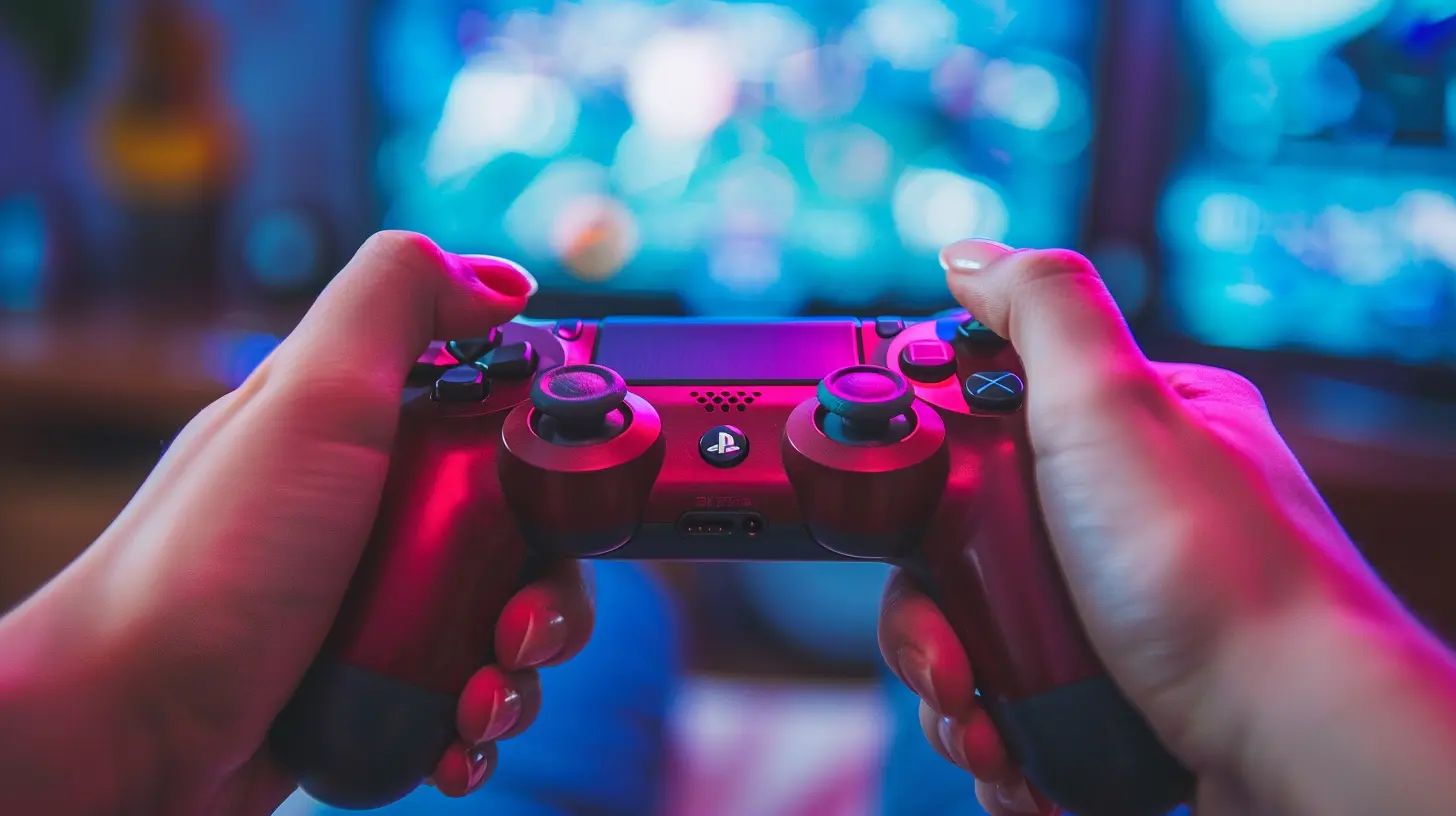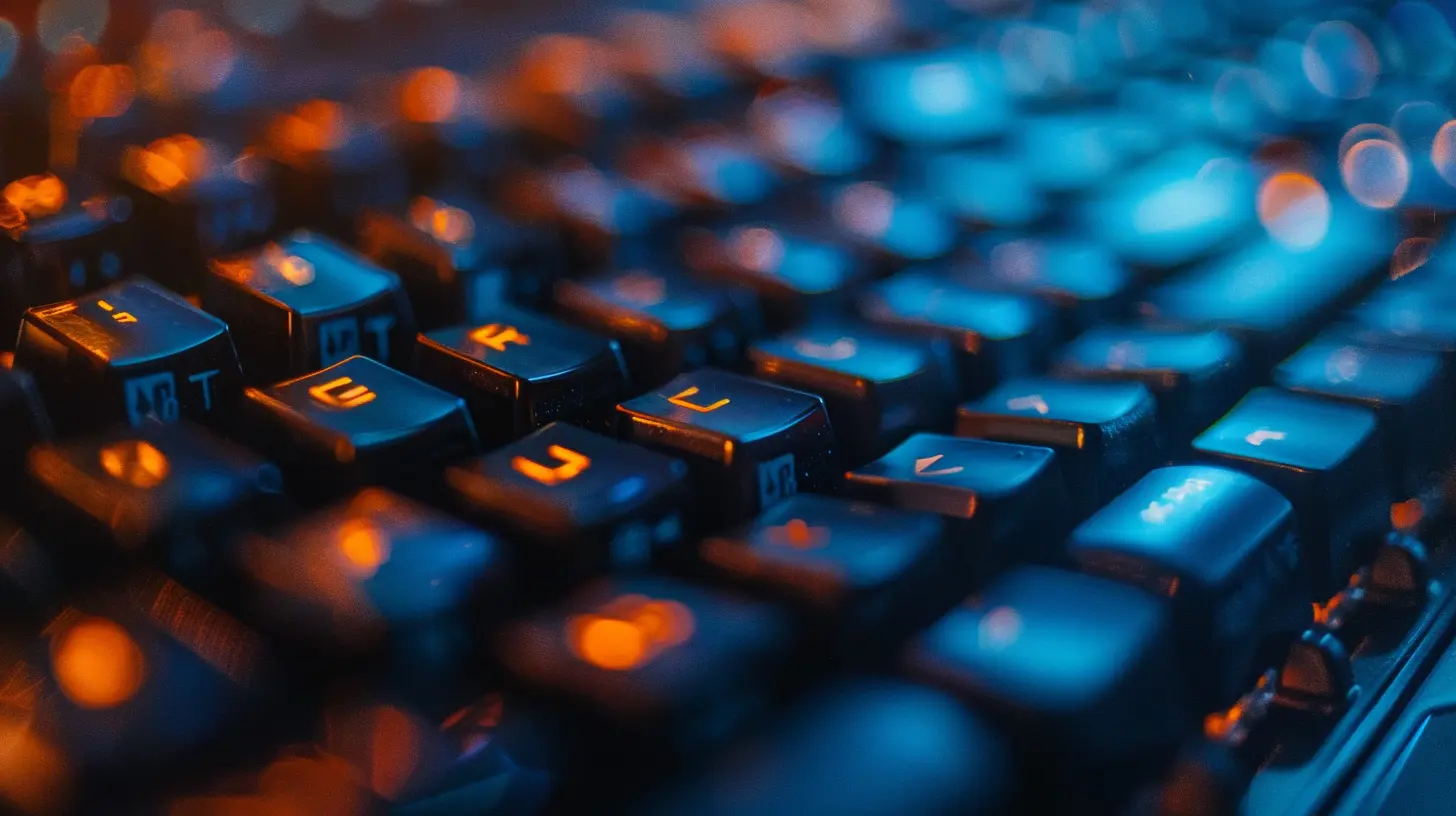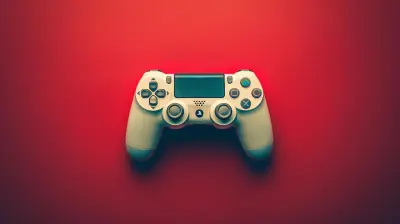How Pro Gamers Use Data to Refine Their Competitive Strategies
16 June 2025
Ever wonder how the best esports players in the world stay at the top of their game? It’s not just about reflexes, aim, or having the fastest PC on the block. The truth is, pro gamers are data nerds in disguise. They’re crunching numbers, reviewing heat maps, and tracking patterns like detectives solving a case. That's right—competitive gaming today is just as much about brains as it is about trigger fingers.
In this post, we're diving deep into how pro players and esports teams use data to refine their strategies, outplay opponents, and win big. Whether you’re trying to climb ranked or dreaming of the pro scene, this peek behind the curtain might be just what you need to level up your own game.

Why Data Matters in Competitive Gaming
Let’s kick things off with the basics. Competitive gaming is high-stakes, high-pressure, and high-speed. To consistently perform well, players need more than instincts or raw talent—they need insight.Data gives pro gamers a clear view of what’s really happening during matches. It answers questions like:
- Where are we losing fights?
- Which rotations are working?
- What weapons deliver the most value?
- How does our positioning compare to top-tier teams?
Think of it like reviewing game tape in football or studying your opponent before a chess match. Knowing your numbers can be the difference between victory and defeat.

The Types of Data Pro Gamers Track
Not all data is created equal. And depending on the game—whether it’s League of Legends, Valorant, CS:GO, Dota 2, Overwatch or Fortnite—pros are tracking specific kinds of info. Here’s a breakdown of what’s commonly analyzed:1. In-Game Performance Stats
This is the bread and butter. We’re talking about KDA (Kills/Deaths/Assists), accuracy percentages, damage dealt, healing provided, resource gathering speed—you name it.In a game like Valorant or CS:GO, fluctuations in aim accuracy or reaction time can signal when a player is off their peak. In MOBAs like LoL or Dota 2, metrics like gold per minute (GPM), creep score (CS), and kill participation help determine overall usefulness in a team comp.
2. Heat Maps and Movement Paths
Let’s say you're consistently dying in one area of the map. A heat map visually shows player movement and engagements, helping teams identify risky zones or flawed rotations.FPS games use these heavily to track positions and sightlines. If your team is walking right into ambushes on the same angle every round, the heat map makes it painfully obvious.
3. Economic and Resource Management
Especially in games with buy systems (like Valorant or CS:GO), managing team economy is crucial. Pros look at purchasing trends, saving rounds, and how efficiently money is spent across a match.In strategy and MOBA games, this same concept applies to items, gold, or XP boosts. Data helps optimize how and when players spend or upgrade.
4. Timing Windows and Ability Usage
Timing can make or break a game. Optimal ult rotations in Overwatch or ability cooldowns in LoL are constantly tracked. Teams log when powerful abilities are being used—and whether those plays are effective or wasted.Picture it: 5 ults dumped into a single fight and no kill comes out of it? That’s a red flag. Data lets teams assess the cost-benefit of every in-game decision.

Tools Pro Gamers Use to Gather and Analyze Data
Alright, so where does all this glorious data come from? Pros aren’t jotting notes on sticky pads in between rounds. Let’s look at the tech stack behind the magic:1. In-Game APIs and Developer Tools
Many developers provide APIs (Application Programming Interfaces) that allow detailed match data to be pulled into third-party apps. Riot Games, Blizzard, Valve—they all offer data access for public and private matches.With these APIs, teams can scrape pages of stats from thousands of matches, compare trends, and build dashboards for performance tracking.
2. Third-Party Platforms
Sites like Tracker.gg, Overbuff, OP.GG, Dotabuff, or Faceit Stats give players a full breakdown of their gameplay.These platforms are goldmines. They let you compare current performance to past matches, teammates, or even global averages. You instantly know if your headshot percentage is falling off or if your CS per minute is lagging.
3. Custom Software and Analyst Teams
Top-tier teams take things a step further. They hire data analysts. These brainiacs build internal tools, run simulations, and use spreadsheets thicker than your high school math book.You’ll find analysts watching replays frame by frame, tagging errors, logging enemy tendencies, and building predictive models. It’s like Moneyball, but for esports.

How Teams Apply Data to Improve
Gathering data is step one—acting on it is where the magic happens. Here’s how pro teams turn numbers into wins.1. Strategic Review Sessions
Forget just “watching the VOD.” Elite teams go full CSI on match replays. Analysts and coaches walk players through decision points: "Why did we miss this spike plant?" or "We saw the flank, but didn’t rotate—why?"Data highlights these key moments so they’re not just gut-felt mistakes. They’re measurable, fixable errors.
2. Opponent Scouting
You bet pro teams are watching you. Top players analyze their enemies' games just as closely as their own.Coaches compile opponent tendencies: map picks, player roles, habit-forming plays (like always peeking A site). This intel helps predict their performance and prep counters ahead of the match.
3. Adjusting Individual Playstyles
Sometimes it’s not the strategy—it’s the player. If someone’s underperforming consistently, data can show exactly where the slump is hitting.Is it worse aim? Slow rotations? Risky peeks? Once identified, players can drill that specific weakness in solo practice or coaching sessions.
4. Optimizing Practice Sessions
Why practice what you already do well? Using data, teams pinpoint weak spots and focus scrim time on fixing them. Struggling in post-plant scenarios? Run drills until it’s second nature. Losing early-game objectives? Practice better timings.This targeted, data-driven practice leads to faster improvement and more efficient use of training time.
Real-World Example: How Data Helped Team XL in League of Legends
Let’s get super practical. Team Excel (or XL) from the LEC famously bounced back from a rough split thanks to data-driven coaching.By tracking early-game pathing and jungle invades, the analysts realized their jungler was falling behind in XP and map control. With better routing based on opponent habits and data-backed rotations, they flipped the script in the next split.
This wasn’t "play better." This was straight-up data application for strategic gain.
Data Doesn’t Replace Skill—It Refines It
Here’s the key takeaway: Data doesn't make you a good player—but it shows you exactly where to improve. Think of it like using a GPS. A bad driver stays bad even with directions, but a skilled driver becomes unstoppable when they know every twist and turn coming up.Pro gamers know this. They still grind mechanics, teamplay, and game knowledge—but data gives them a compass.
Can You Use Data Like the Pros?
Absolutely. You don’t need a full analytics team to start using the same tools.Here’s what you can do right now:
- Use Tracker.gg or Mobalytics for personal stats.
- Record your matches and look at heat maps or loss timing.
- Track your win/loss on specific maps or heroes.
- Compare your data against higher-ranked players.
- Identify one weak area and focus your next week of practice on it.
That’s it. Simple, focused, and effective.
The Future of Data in Esports
This is just the beginning. Esports is exploding and so is the use of AI, real-time analytics, and brain-computer interfaces (yes, that’s a thing). Imagine being coached mid-match by a bot telling you your ult is ready and enemy cooldowns are down. Wild, right?As tech advances, expect data in gaming to get even more futuristic. But until then, keep grinding, keep analyzing, and keep improving.
all images in this post were generated using AI tools
Category:
Competitive GamingAuthor:

Tina Fisher
Discussion
rate this article
2 comments
Miriam Jacobs
This article insightfully highlights how pro gamers leverage data analytics to enhance their strategies. By systematically analyzing performance metrics and opponent behaviors, they gain a competitive edge. This intersection of gaming and data science underscores the evolving complexity of esports as a legitimate discipline.
June 18, 2025 at 4:47 PM

Tina Fisher
Thank you for your thoughtful comment! I appreciate your insights on the crucial role of data analytics in elevating esports strategies.
Peter Rios
Great insights! Understanding how pro gamers leverage data to enhance their strategies showcases the evolving landscape of competitive gaming. It's fascinating to see analytics blend with skill for optimal performance.
June 17, 2025 at 2:53 AM

Tina Fisher
Thank you! I'm glad you found the insights valuable. The fusion of analytics and skill truly is transforming the gaming landscape.


